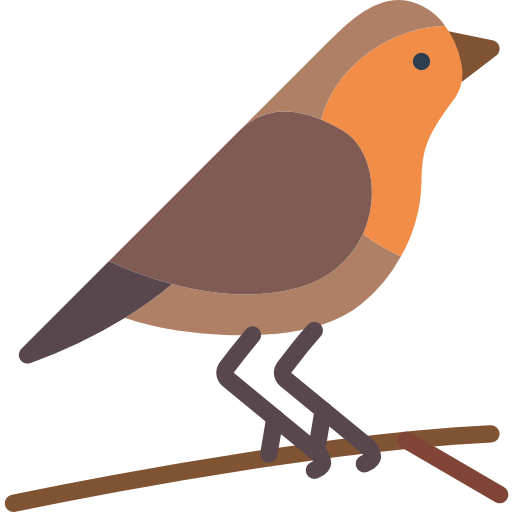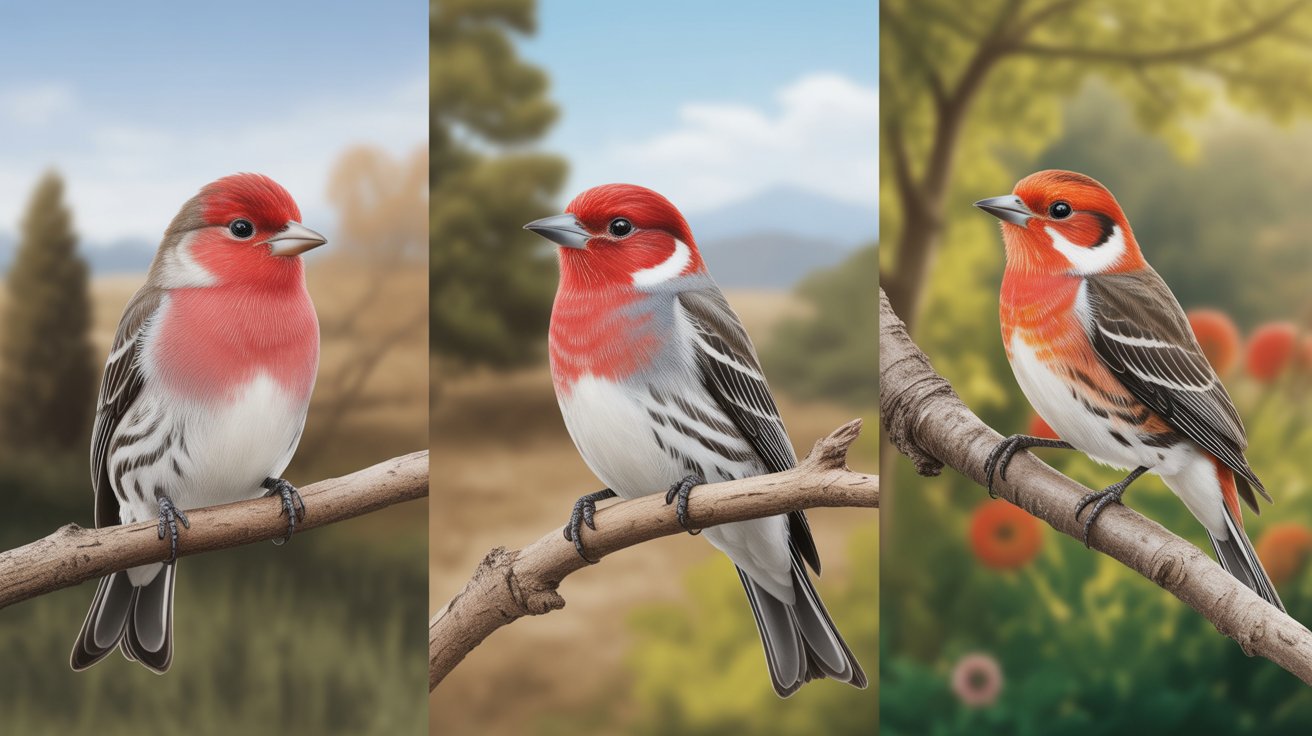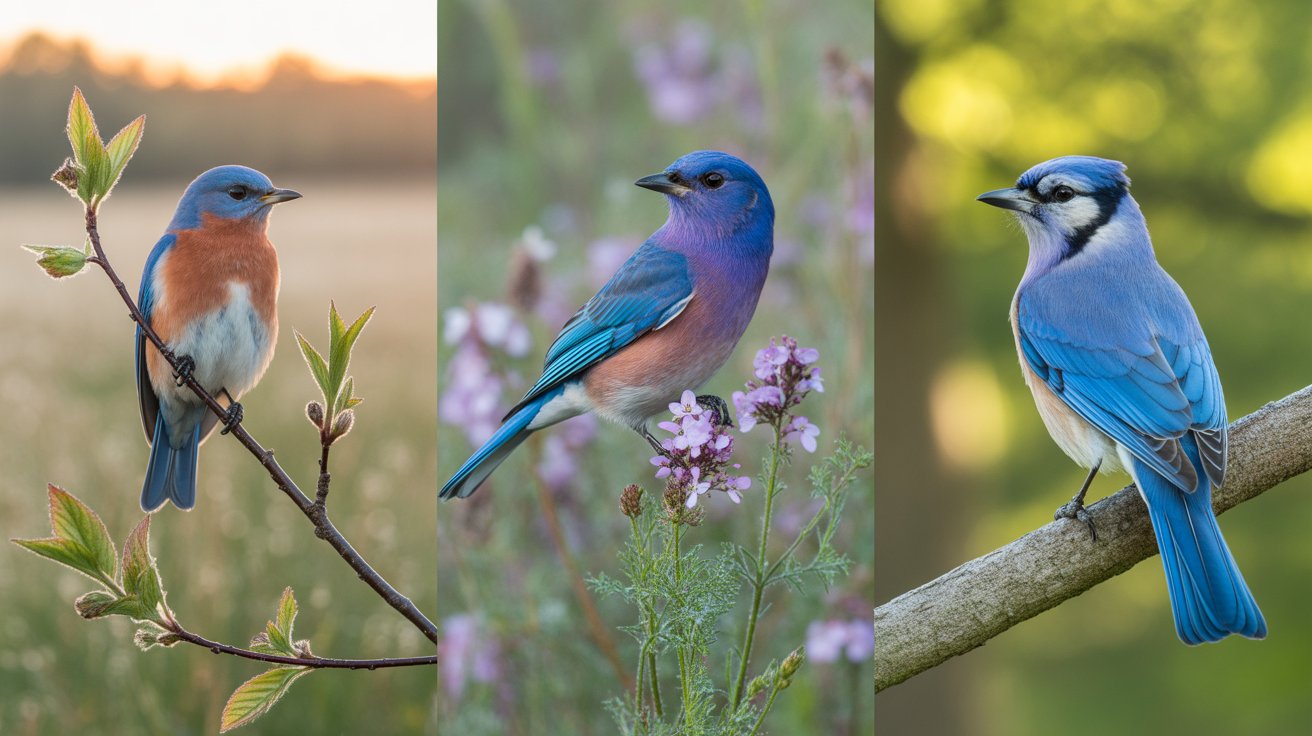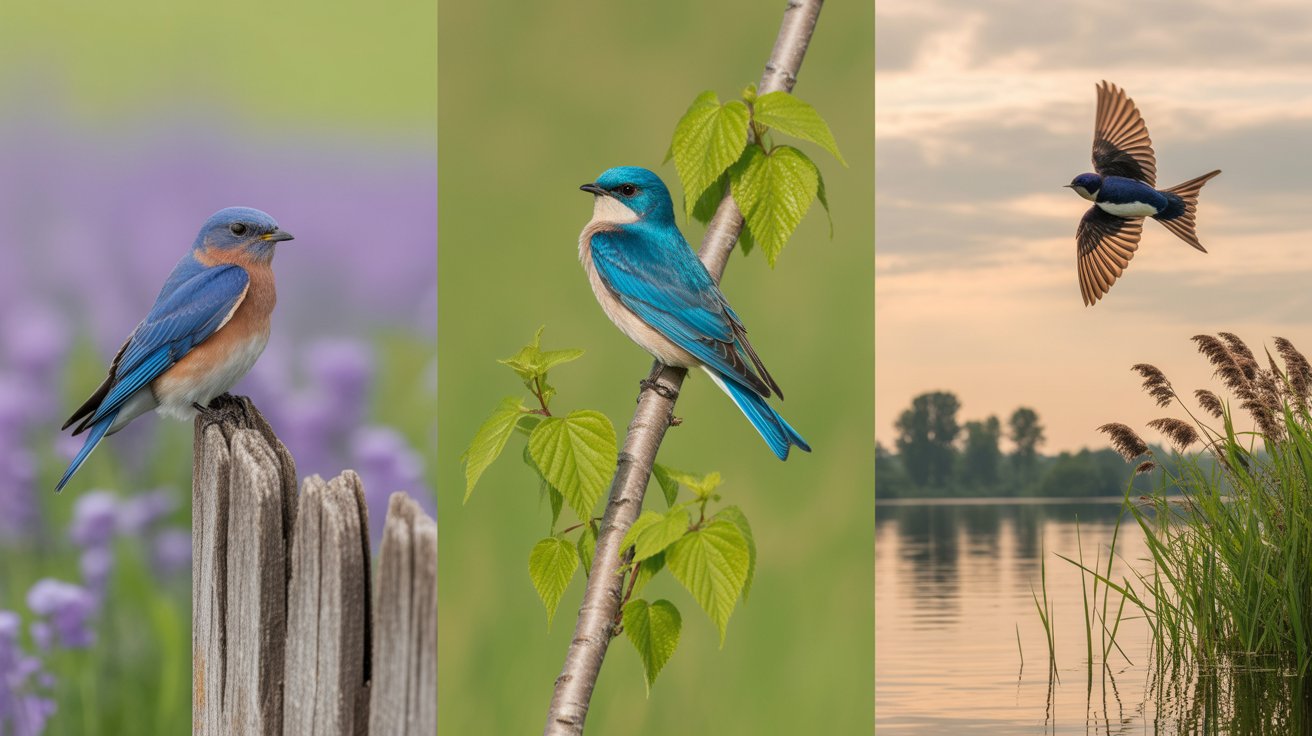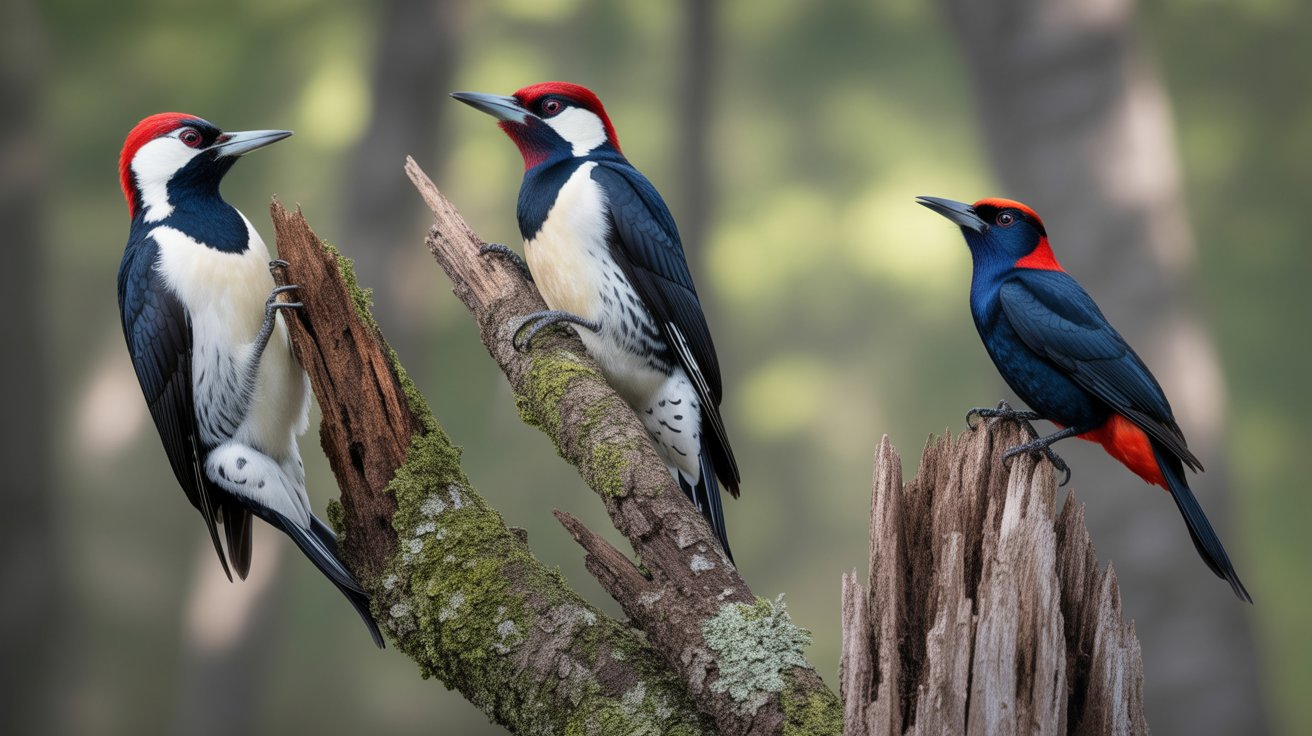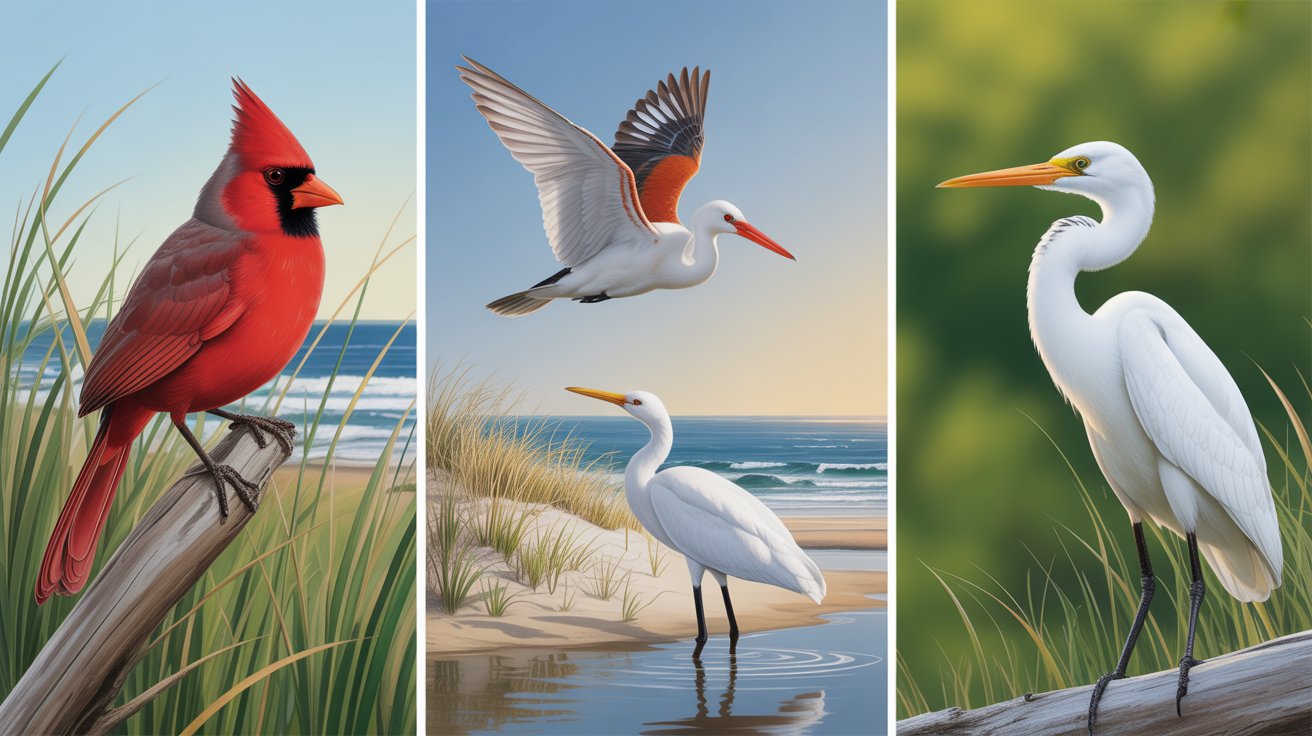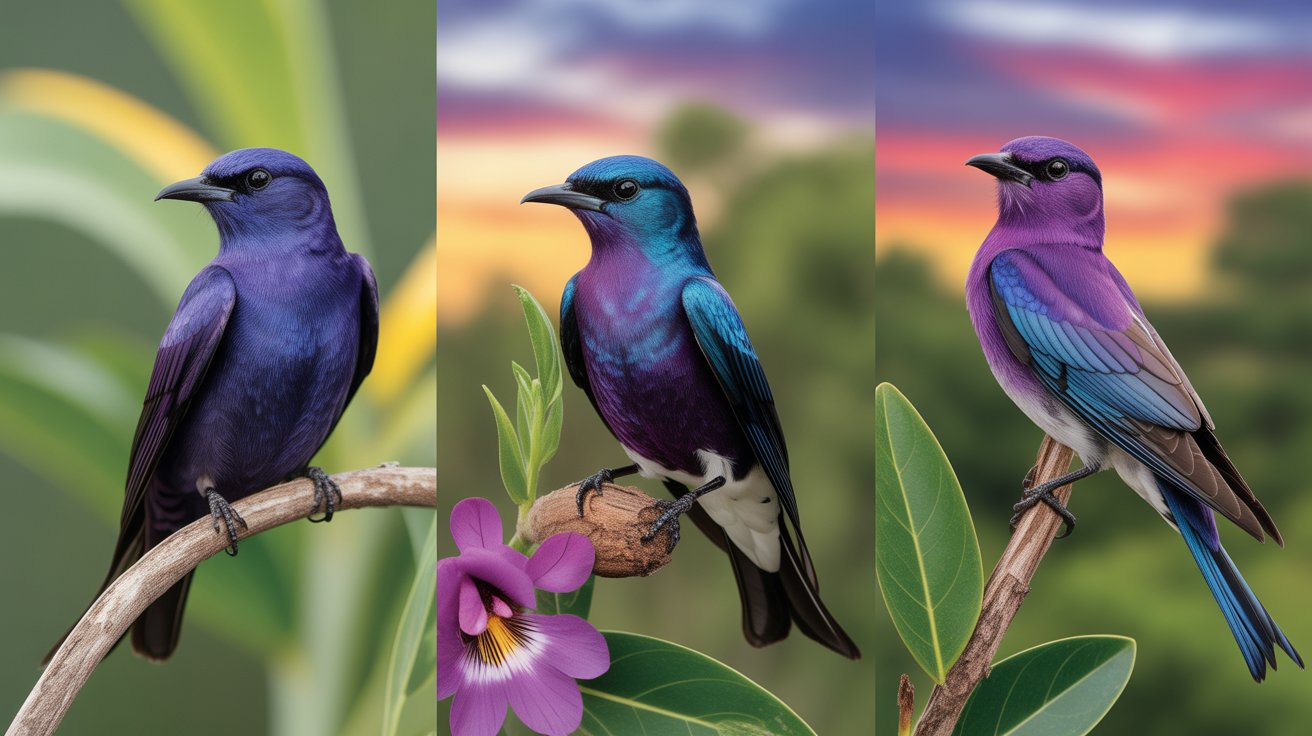If you’re passionate about rare and elusive birds, then the Aberdare Cisticola might just be the perfect species to capture your interest. This small, ground-dwelling songbird lives a quiet life tucked away in the high-altitude grasslands of Kenya. You won’t find it flying across continents or perched on backyard feeders—this bird is special because it lives only in one place on Earth.
You might be surprised to learn how little is known about this bird, largely because it’s found in such a limited and remote habitat. But that air of mystery is exactly what makes the Aberdare Cisticola so fascinating to birdwatchers and conservationists alike.
In this article, you’ll discover everything you need to know about this little-known species—from its scientific classification and plumage details to its behavior, diet, and nesting habits. Whether you’re a seasoned birder or just someone who loves learning about unique wildlife, you’re in for a treat.
Let’s take a closer look at this charming bird of the Kenyan highlands.
Aberdare Cisticola: A Rare Songbird of Kenya’s Highlands
Scientific Classification
Let’s begin by looking at the Aberdare Cisticola’s place in the avian world. It belongs to the Cisticolidae family, which includes many other warbler-like birds mostly found in Africa and parts of Asia.
- Scientific Name: Cisticola aberdare
- Family: Cisticolidae
- Genus: Cisticola
- Species: aberdare
- Conservation Status: Vulnerable (IUCN Red List)
This classification places the Aberdare Cisticola among a large group of insect-eating birds that are well adapted to grassland and shrubland environments.
Physical Description
When you catch sight of the Aberdare Cisticola, the first thing you’ll notice is how subtly beautiful it is. It’s not a flashy bird, but rather one that reveals its charm in finer details.
- Size: Around 13 to 14 cm in length
- Wingspan: Estimated 17 to 19 cm
- Weight: Approximately 12 to 15 grams
The bird has a soft, brownish plumage with fine dark streaks on the back and wings, providing excellent camouflage against dry grasslands. Its underparts are pale whitish to cream, often giving it a two-toned look.
The eyes are dark, offering a sharp contrast to the bird’s streaked crown and face. Its beak is slender and slightly curved—ideal for picking off small insects. While it doesn’t sport a dramatic crest, it does have a slightly ruffled crown that can sometimes give the illusion of a miniature crest.
Overall, the Aberdare Cisticola has a delicate, understated appearance that blends beautifully with its surroundings.
Habitat and Distribution
This bird is a true endemic species, meaning it’s found in just one region in the world—the Aberdare Mountains of central Kenya.
You’ll find it in high-altitude moorlands and montane grasslands, usually at elevations between 2,000 to 3,000 meters. These areas are often misty, cool, and covered in dense tussocks of grass and shrubs, making them ideal for ground-nesting birds.
Because its habitat is so specific and fragmented, the Aberdare Cisticola is considered vulnerable to extinction, particularly due to habitat degradation from overgrazing, agriculture, and invasive plant species.
If you ever plan a birding trip to Kenya, the Aberdare National Park might be your best (and only) shot at spotting this elusive creature in the wild.
Behavior
Aberdare Cisticolas are shy and secretive by nature. You’re more likely to hear one than see it. Their calls are sharp and high-pitched, often described as a series of buzzing trills or tinkling notes.
These birds are territorial, especially during the breeding season, and are usually seen either alone or in pairs. Males will perch on elevated grass stems or shrubs to sing and defend their space, but otherwise, the birds keep low to the ground.
They are non-migratory, meaning they stay in the same area year-round. That stability helps them maintain their territory, but it also makes them more vulnerable to local changes in habitat.
Diet
The Aberdare Cisticola sticks to a classic insectivore diet, feeding mainly on insects and small invertebrates.
Their typical meals include:
- Beetles
- Grasshoppers
- Spiders
- Ants
- Caterpillars
You’ll often see them hopping among grass stalks or darting quickly across open patches as they search for food. Their thin, curved beaks make it easy to snatch prey from crevices in the ground or between tufts of grass.
While they’re opportunistic feeders, they tend to favor areas where insects are most abundant—like near water or in slightly wetter parts of the moorlands.
Breeding and Nesting
Breeding season for the Aberdare Cisticola typically aligns with the rainy season, when food sources are most abundant. This timing increases the chances of chick survival.
The birds construct domed nests made from grass, often cleverly hidden within tall vegetation or shrubs. These nests are anchored between grass stems and camouflaged so well that they’re nearly invisible to predators.
- Clutch Size: Usually 2 to 4 eggs
- Incubation Period: Estimated 12–14 days
- Fledging Time: Around 14–16 days post-hatching
Both parents are involved in feeding the chicks, although more details about their exact breeding roles remain largely undocumented due to the bird’s elusive behavior and remote habitat.
Interesting Facts
Here are some fascinating tidbits about the Aberdare Cisticola that make it stand out:
- It’s only found in Kenya – This bird is a true endemic, with its entire population restricted to a single mountain range.
- It was only recognized as a distinct species in 1999, after being separated from the Wailing Cisticola.
- Despite its small size, the bird is an important indicator species, helping scientists assess the health of high-altitude grassland ecosystems.
- Its song is one of the best ways to detect it, especially since visual sightings are rare.
- The species’ survival is tightly linked to conservation of the Aberdare ecosystem, making habitat protection crucial for its future.
Frequently Asked Questions
1. Where can I see the Aberdare Cisticola?
You can spot the Aberdare Cisticola in the high-altitude moorlands of the Aberdare Mountains in central Kenya, particularly within Aberdare National Park.
2. Is the Aberdare Cisticola endangered?
While not yet endangered, it is classified as Vulnerable on the IUCN Red List due to its limited range and ongoing habitat threats.
3. What does the Aberdare Cisticola eat?
It primarily feeds on insects and small invertebrates, including beetles, grasshoppers, and caterpillars.
4. What does the Aberdare Cisticola sound like?
Its call is a high-pitched, buzzing trill, often described as tinkling or metallic. Birders often rely on the song to locate it in dense grasslands.
5. How does it build its nest?
The bird constructs a domed nest from grass, hidden low within tall grass clumps. The nest is well camouflaged and placed close to the ground.
Conclusion
The Aberdare Cisticola may not be a bird that grabs headlines or dazzles with bold colors, but its uniqueness lies in its rarity and ecological importance. Found only in the cool, misty heights of the Aberdare Mountains, this tiny songbird is a true gem of East Africa.
As you’ve learned, it’s a quiet, secretive bird with a soft plumage, a high-pitched call, and specialized behaviors that allow it to thrive in a very specific environment. But its limited range also makes it vulnerable to habitat changes—making conservation efforts all the more important.
If you’re ever in Kenya and want to experience one of the rarest songbirds in the world, keep your ears open and your eyes low to the grass. The Aberdare Cisticola may just grace you with a fleeting glimpse or a melodic trill.
By learning about birds like this, you’re not just expanding your knowledge—you’re also playing a part in appreciating and protecting our planet’s most extraordinary creatures.
